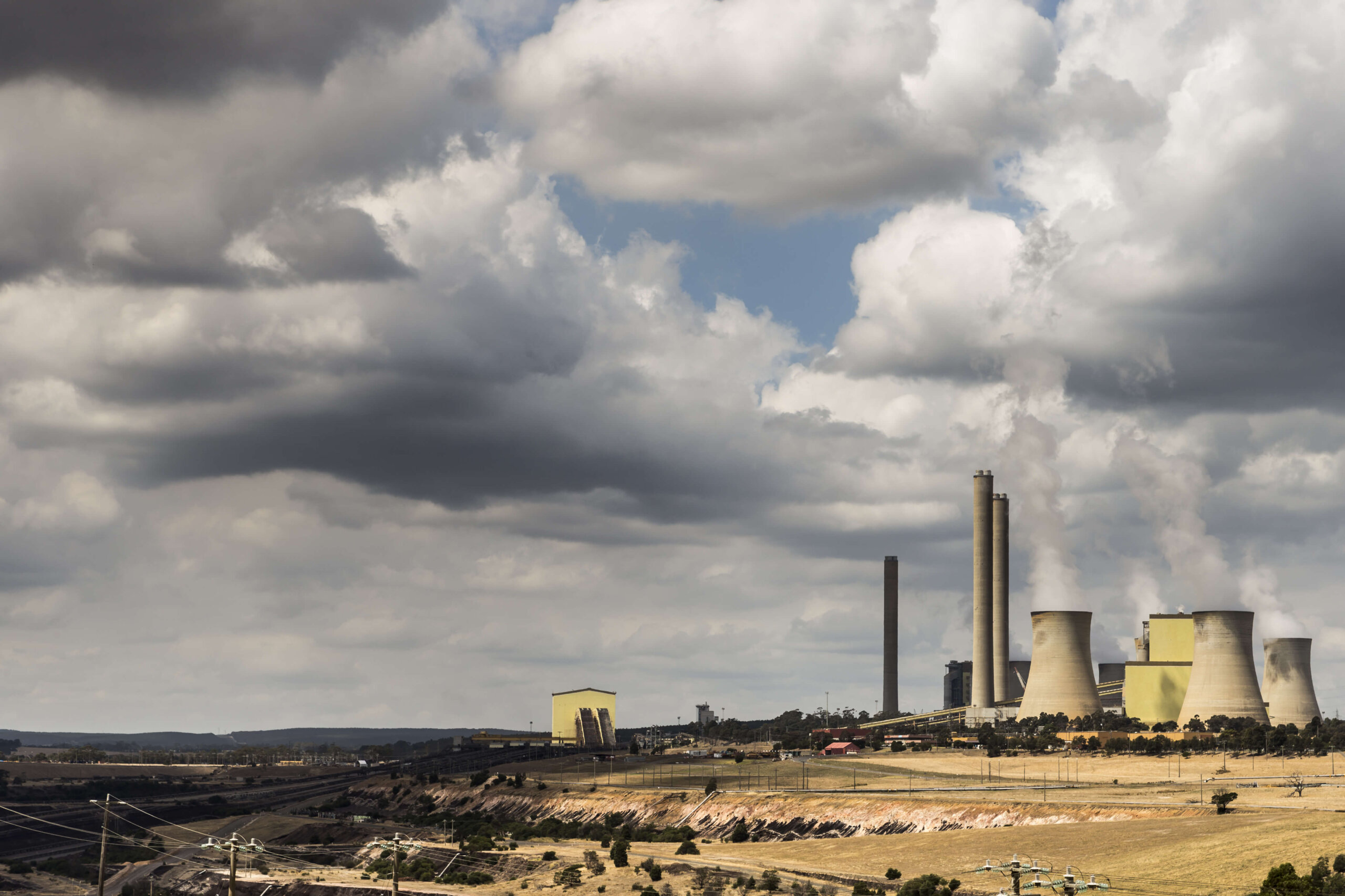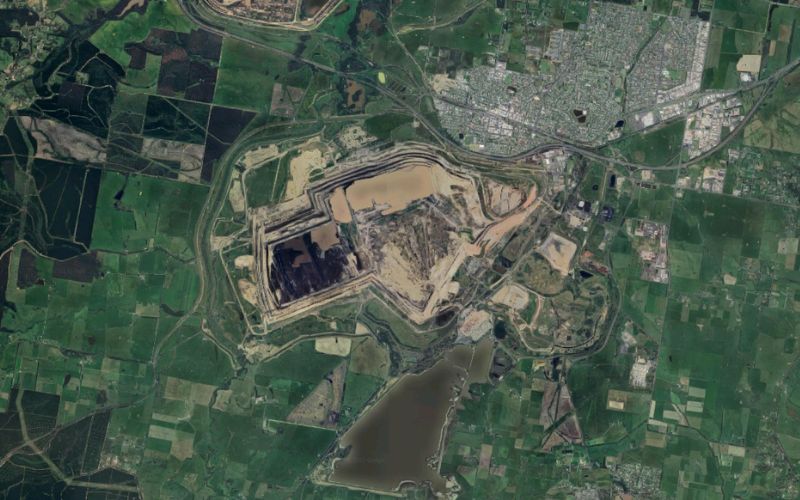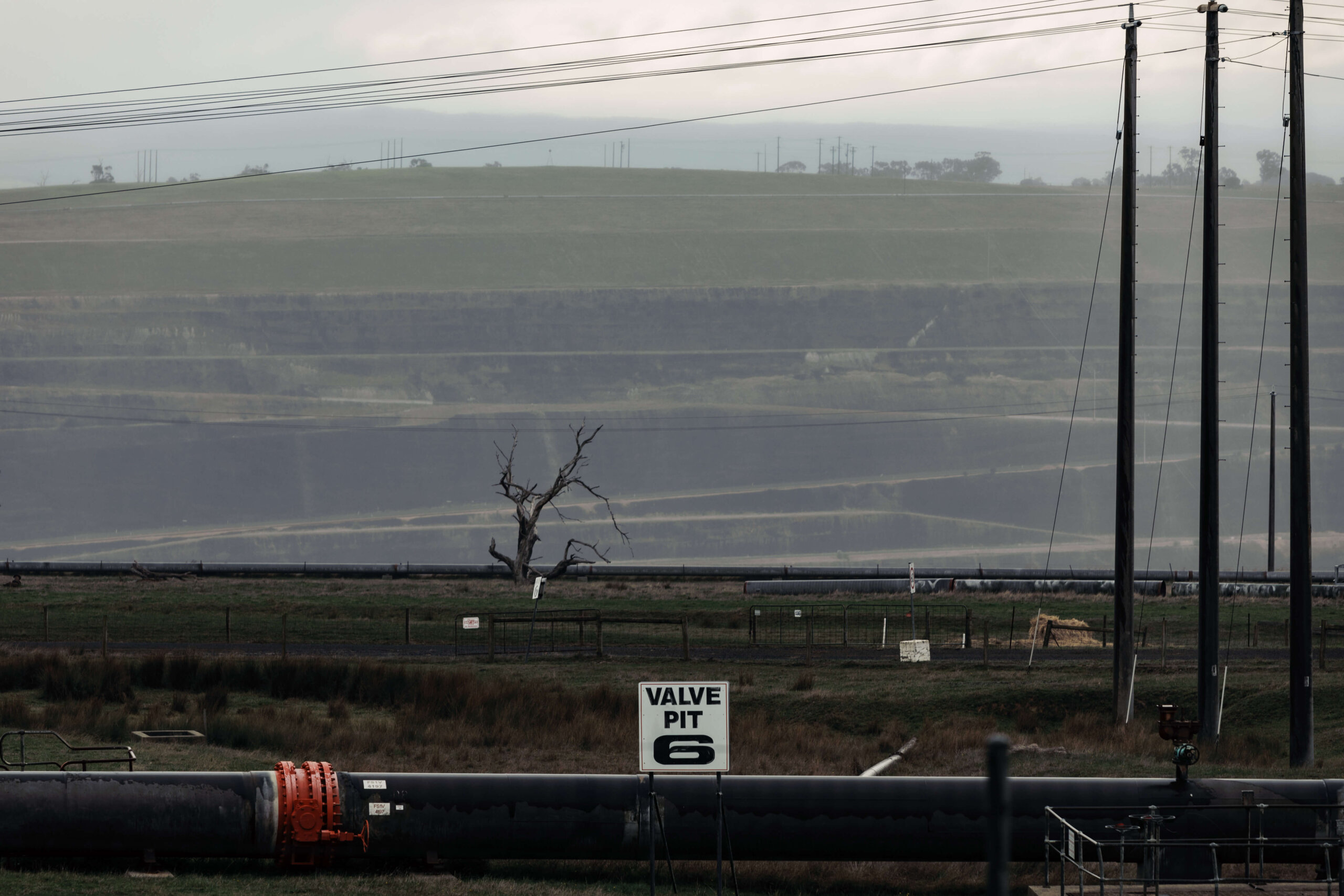2 September 2022
Communities in the Latrobe Valley have powered our homes, offices, and schools across Victoria for decades.
As coal mines close, mining operators need to be held responsible for cleaning up their mess, to ensure that the Latrobe Valley community aren’t stuck with the toxic leftovers.
We know the environmental impacts of coal mining don’t end when the digging stops. Right now, operators who have profited off this region are entering a new phase of mining – rehabilitation.
For the community and our environment, it is extremely important to get rehabilitation right.

Setting the standards
The Victorian government has started putting rules in place to set the standards for mine operators – but EJA environmental lawyers and the Latrobe Valley community are concerned the proposed regulations don’t go nearly far enough.
The government released the proposed updates to the Mineral Resources (Sustainable Development) (Mineral Industries) Amendment Regulations 2022 (Declared Mine Regulations 2022) in August, which set the legal framework for the rehabilitation of Victoria’s coal mines.
We’re concerned that these regulations are problematic as they stand and without changes would:
- Allow mine operators to decide what standard of rehabilitation is acceptable before they walk away;
- Mean operators would have no legal requirement to make their rehabilitation plans public, nor ensure they are evidence-based – which raises serious issues for transparency and accountability; and
- Provide no requirement to consider public submissions and no process for review when the government approves or rejects a plan.
That’s why it was so important for the community to have their voices heard through public submissions.
Hazelwood mine: an important first step
The first mine to undergo rehabilitation is Hazelwood, owned by ENGIE, which will set the standard for the other two mines in the Valley.
ENGIE proposes flooding the Hazelwood mine pit with fresh water. Filling Hazelwood mine pit would require more water than in Sydney Harbour, and that’s just one of the three enormous mine sites in the Valley.
ENGIE’s Hazelwood mine rehabilitation plan must undergo an Environmental Effects Statement, a process to understand what effects ENGIE’s plan could have on the environment and the community in the Latrobe Valley.
Taking so much water from local river systems endangers the entire ecosystem and Aboriginal cultural values of the Latrobe River, its estuary and the Gippsland Lakes. We believe the EES should assess alternatives that do not rely on natural water sources, including recycled and desalinated water, and compare water-based rehabilitation options with solid fill options.
Hazelwood is just the beginning. The Valley’s two remaining coal mines —Yallourn and Loy Yang— also propose to fill the mine voids with water when they close, requiring even larger quantities of local water.

Pulling the ‘water trigger’
“The water trigger exists because water in this dry continent is precious and vital for life, and lawmakers recognise communities expect careful scrutiny of large mining projects to examine their impact on water”
EJA Lawyer Chloe Badcock
It is vital the assessment of ENGIE’s plan to rehabilitate the Hazelwood mine is thorough, transparent and provides the community and decision makers access to information to make decisions.
Under our national environment laws, the Environment Protection and Biodiversity Conservation Act (or EPBC Act) our federal Environment Minister Tanya Plibersek has the power, referred to as the ‘water trigger’, to subject large coal mines and coal seam gas projects to a rigorous assessment for the projects’ impacts on surface and ground water.
The EPBC Act is meant to protect matters of national environmental significance. It requires proponents of projects to refer the project to the federal Environment Minister and identify which controlling provisions they think apply – that is which ecosystems, plants, animals and places the project is likely to have significant impact on. Then the Minister must decide which provisions apply and set the framework for the assessment of the project.
Engie are saying that a ‘water trigger’ doesn’t apply, but we know the environmental impacts of coal mining don’t end when the digging stops.
The Latrobe Valley community has a right to expect a thorough assessment of the impacts on water at every stage of a coal mine, and that includes rehabilitation.
That’s why we have legally requested Minister Plibersek to step in and thoroughly assess the impact the Hazelwood proposal is likely to have on Gippsland’s water resources and the risk to threatened species from habitat damage caused by environmental degradation and pollution.


